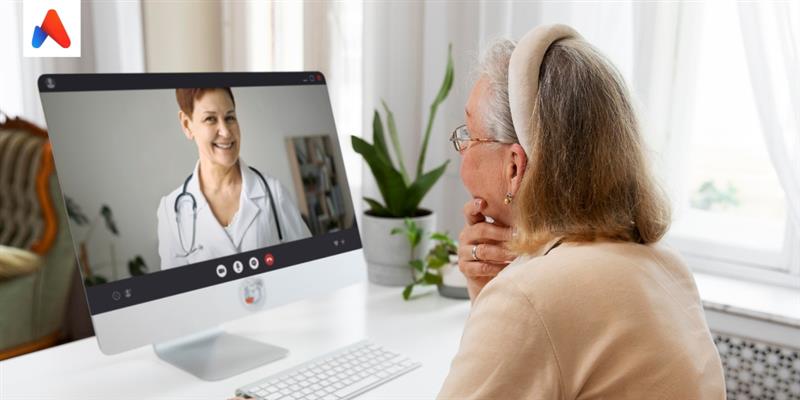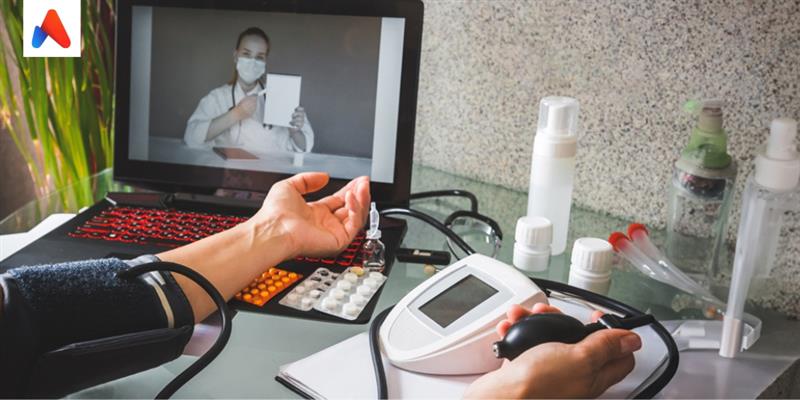In healthcare, the spotlight often falls on inbound access—the systems that handle immediate patient needs, such as scheduling a same-day sick visit or answering a billing question. These processes are essential, but they don’t capture the full spectrum of what patients need. Truly comprehensive care requires providers to look beyond the exam room and the appointment calendar. It means connecting with patients between visits, guiding them toward better health decisions, and ensuring they don’t fall through the cracks. This is where patient outreach for comprehensive care becomes indispensable.
Importance of Patient Outreach for Comprehensive Care
As Don Berwick, former administrator of the Centers for Medicare and Medicaid Services (CMS), once said: “The best care is care that anticipates needs, not just reacts to them.” Patient outreach is the bridge that makes this anticipation possible.
Patient outreach is not just an add-on or administrative accessory. It’s a strategic necessity that empowers patients, improves adherence, strengthens clinical outcomes, and fosters loyalty. With the right outreach strategy in place, providers can transform healthcare from a transactional encounter into a continuous, supportive relationship.
1. Patient Outreach for Comprehensive Care: From Reactive Care to Proactive Engagement
For decades, healthcare systems have been largely reactive—treating illnesses after they’ve developed. Outreach flips this paradigm by engaging patients before issues escalate, promoting preventive action and continuous wellness.
Minimizing No-Shows and Driving Adherence
Every missed appointment represents more than lost revenue—it can mean delayed diagnoses, untreated conditions, and worsening health outcomes. According to MGMA, missed appointments cost the U.S. healthcare system over $150 billion annually. Outreach strategies like personalized texts, automated phone calls, or multilingual reminders make an immediate impact:
- 57% of patients expect notifications from their providers for appointments and medication reminders.
- Outreach-driven reminders can cut no-shows by as much as 30%, helping providers recoup lost time while ensuring patients receive timely care.
Similarly, reminders for medication refills help combat nonadherence, which costs the U.S. healthcare system an estimated $100–300 billion annually, according to the CDC. By checking in between appointments, providers can spot early warning signs, encourage follow-through, and reduce the burden of chronic illness.
A Game Changer for Chronic Care
For patients living with chronic conditions like diabetes, COPD, or heart failure, adherence is everything. Yet research shows 30% to 50% of prescribed medications are not properly taken. Nonadherence alone contributes to an estimated 125,000 preventable deaths each year and accounts for 10% of hospitalizations. As one physician from the Cleveland Clinic put it: “We don’t have a drug adherence problem; we have a communication problem.”
Proactive outreach—whether it’s a check-in call, a wellness survey, or digital monitoring—keeps patients engaged. Providers can identify barriers (such as cost, side effects, or a lack of understanding) and provide targeted solutions before health outcomes deteriorate.
2. Empowering Patients Through Education and Outreach
Healthcare doesn’t stop when the visit ends. In fact, studies reveal that nearly half of patients leave appointments without fully understanding their care instructions. Outreach bridges this critical gap by reinforcing key messages and providing easy-to-digest educational materials.
Advancing Preventive Directives
Preventive care often falls by the wayside in busy lives. Outreach ensures it stays at the forefront. By reminding patients about upcoming vaccines, mammograms, colonoscopies, or seasonal flu shots, healthcare providers empower individuals to prioritize their preventive care. Outreach can also promote healthy community programs—like smoking cessation classes or nutrition workshops—helping patients make lifestyle changes that last.
A recent survey by the American Cancer Society noted that patients who receive outreach reminders are 25% more likely to attend cancer screenings compared to those who don’t.
Closing the Communication Gap
Clear communication is the foundation of trust, but it often requires reinforcement. Outreach channels, such as email follow-ups, text reminders, and nurse helplines, allow providers to reemphasize treatment plans and address questions patients may not have asked during the appointment. As one patient advocacy leader stated: “Outreach isn’t about information—it’s about reassurance.” This consistent support not only improves adherence but also reassures patients that they’re not navigating their care alone.
3. Fostering Trust and Meeting Population Health Goals with Comprehensive Care
Outreach is more than a communication tool—it’s a relationship builder. By personalizing messages and maintaining regular contact, providers can instill trust and demonstrate that care extends beyond the clinic walls.
Targeted Interventions
Population health management thrives on segmentation. Outreach enables providers to identify high-risk groups—such as patients with uncontrolled diabetes or frequent emergency department visits—and deliver targeted information to address their specific needs. This proactive strategy helps providers close care gaps while signaling to patients that their unique circumstances are understood and valued.
Building Loyalty
Patients are far more likely to remain loyal when they feel seen and supported. A study published in Health Affairs found that patients who receive consistent outreach are 40% more likely to stay within a provider network. Whether it’s a simple birthday message, a check-in after hospital discharge, or education tailored to a patient’s health history, outreach demonstrates a genuine investment in long-term well-being.
Driving Population Health Initiatives
Outreach is also a linchpin in broader population health efforts. Coordinated reminders for screenings, wellness programs, and chronic condition check-ins help healthcare systems meet community-wide goals, reduce preventable hospitalizations, and improve overall health outcomes. According to the National Quality Forum, consistent patient engagement through outreach is directly tied to improved performance on value-based care metrics.
The Ameridial Advantage for Patient Outreach
Implementing effective patient outreach at scale requires more than good intentions—it demands the right technology, staffing, and strategy. That’s where Ameridial comes in.
Ameridial provides:
- HIPAA-compliant communication channels to protect patient privacy.
- Multilingual support teams, ensuring no patient is left behind due to language barriers.
- Scalable outreach solutions that grow with your practice, whether you’re a single provider or a multi-state health system.
- Data-driven engagement strategies that enable providers to identify gaps and take action before they become costly problems.
As Ameridial’s leadership often emphasizes: “We don’t just reach out—we build connections that drive better care.”
With Ameridial, you don’t just reach patients—you connect with them in meaningful, measurable ways.
Beyond the Waiting Room: Patient Outreach for Comprehensive Care
Patient outreach for comprehensive care is the missing link in healthcare delivery. It goes beyond reminders and checklists to address adherence, promote prevention, and nurture trust. By engaging patients outside the clinic, providers build healthier communities and stronger systems.
Ready to move from reactive care to proactive engagement? Ameridial can help you design and scale a patient outreach program that makes every connection count.








